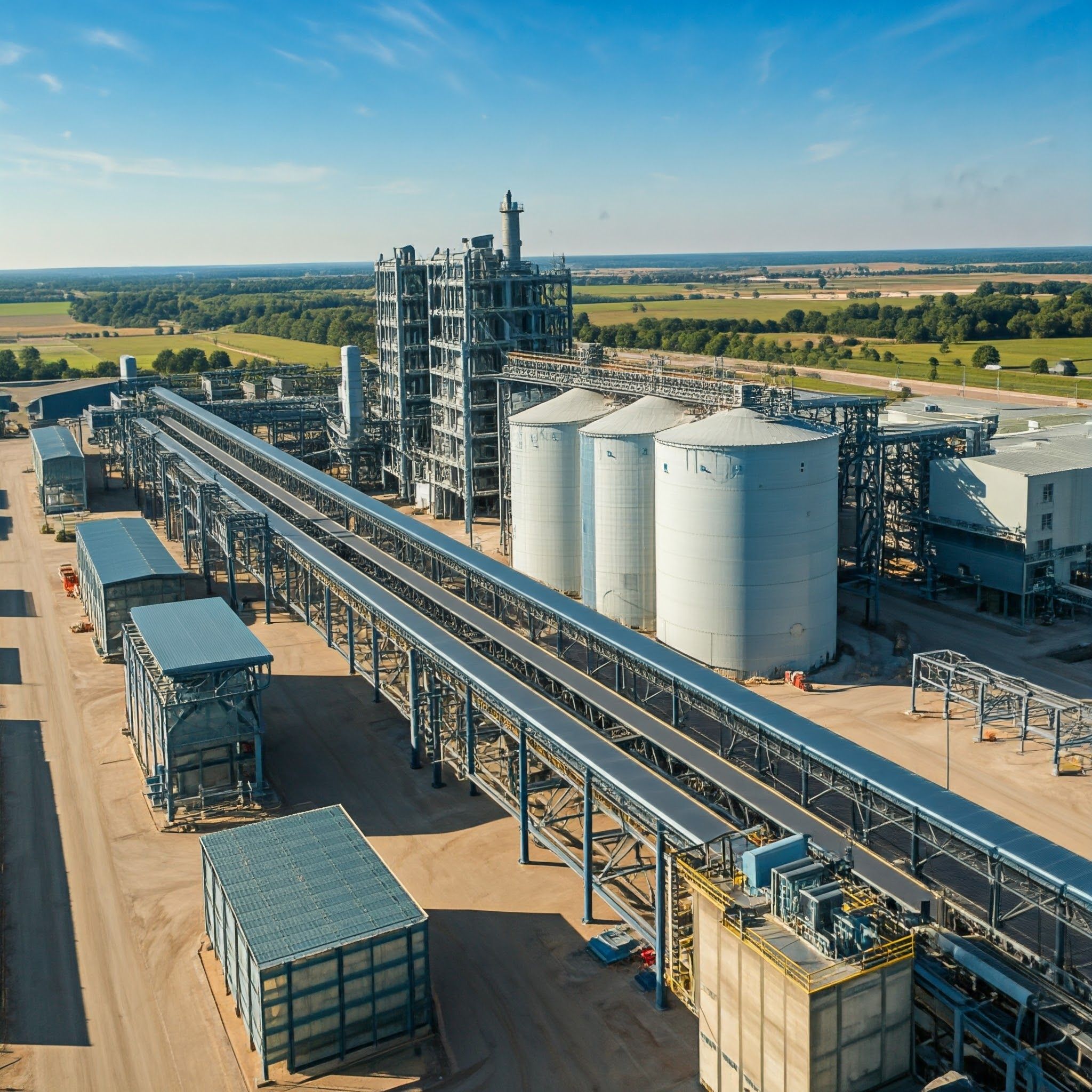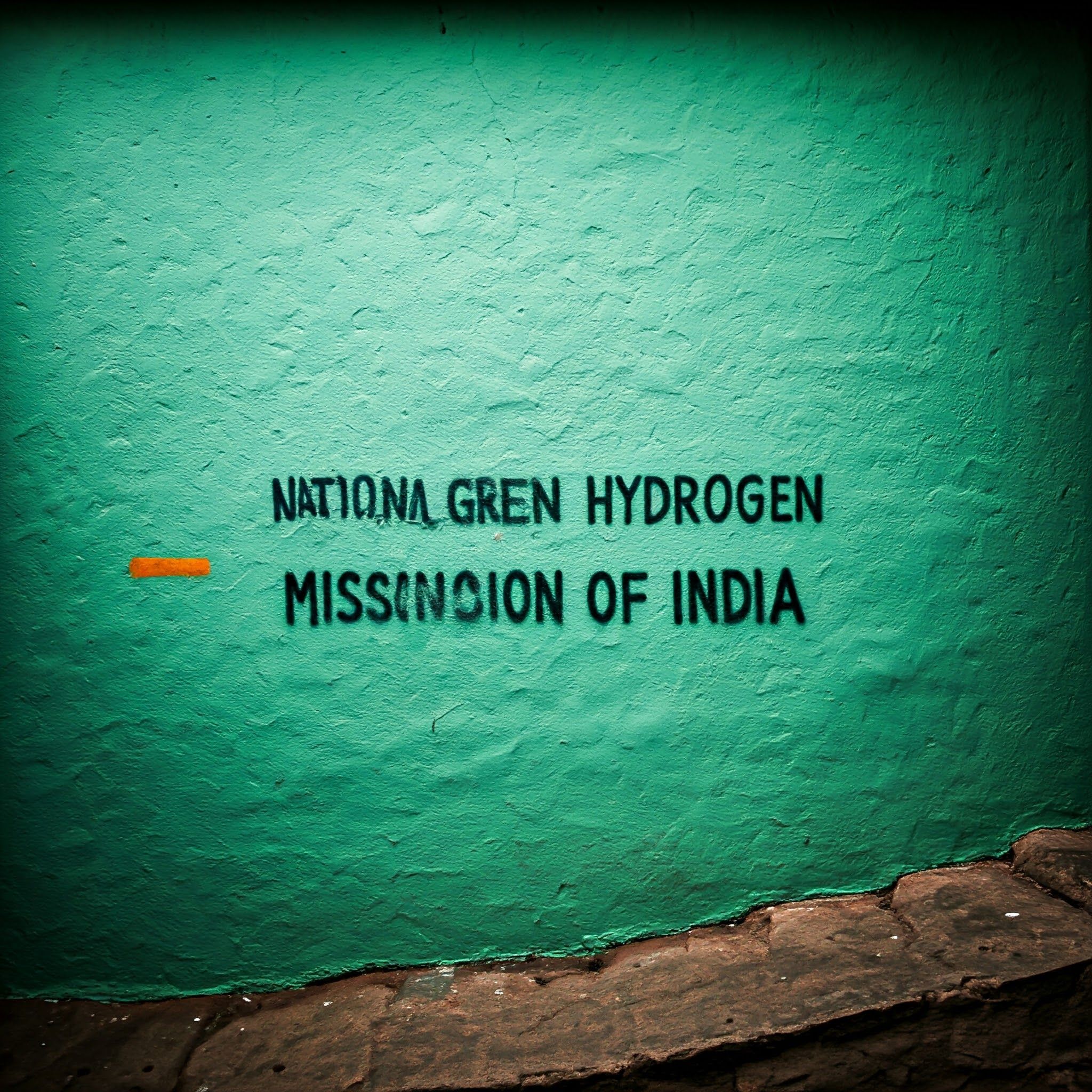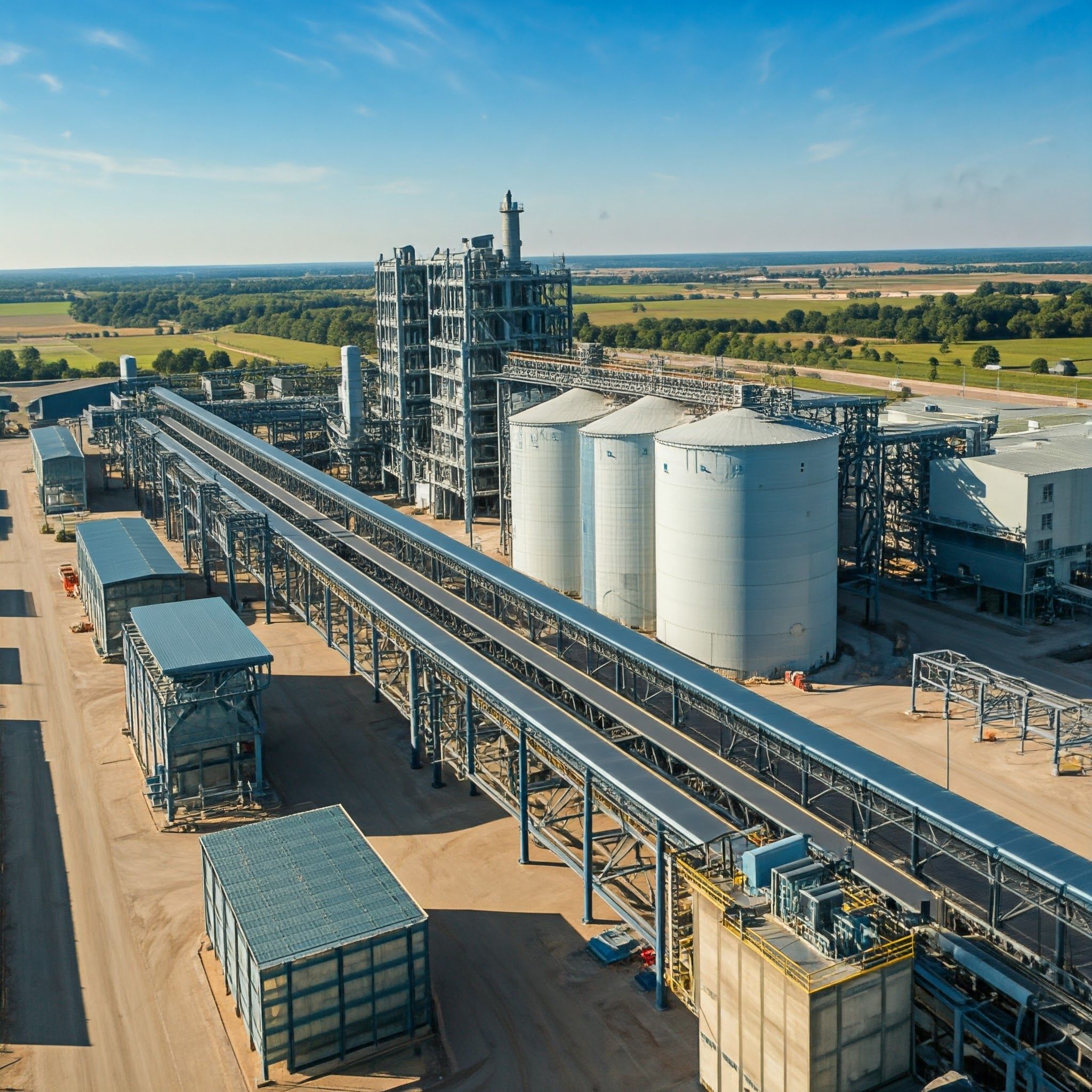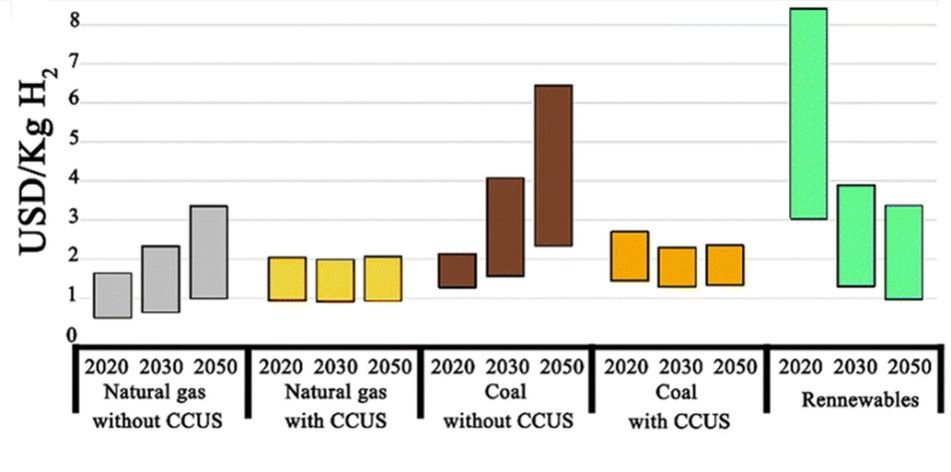Biomass2Hydrogen
Biomass2Hydrogen
One prominent competitor in the race for green energy is hydrogen. The most prevalent element in the universe, it only creates water vapor when utilized as fuel. Its adaptability to powering cars, heating homes, and operating industrial processes is what gives it potential. Transportation is the primary source of greenhouse gas emissions. Therefore, it is critical to plan for alternative energy sources to reduce the use of fossil fuels for transportation. Since hydrogen is the most abundant element in the world, Hydrogen is an emerging green energy source, primarily when produced through electrolysis using renewable energy, known as green hydrogen. It offers a clean alternative for transportation, industrial processes, and energy storage, emitting only water as a byproduct it can be prepared using a variety of chemical, biological, and physical processes.
Biomass to hydrogen is an innovative process transforming organic materials into a clean, renewable energy source. Biomass, a renewable organic source, includes plant materials, agricultural waste and organic refuse, all rich in carbon. Biomass refers to any biological material that comes from living organisms, such as plants, agricultural residues, animal waste, and forestry byproducts. It can be used directly for heat and power or converted into biofuels, including hydrogen, methanol, ethanol, etc. The key advantage of biomass is its renewability; it can be replenished through responsible agricultural and forestry practices.
Biomass Conversion to Hydrogen
There are several methods to convert biomass into hydrogen, the most notable being:
- Gasification: This process involves heating biomass in a low-oxygen environment to produce syngas, a mixture of hydrogen, carbon monoxide, and carbon dioxide. The syngas can then be further processed to separate and purify hydrogen.
- Anaerobic Digestion: In this biological process, microorganisms break down organic matter in the absence of oxygen, producing biogas primarily composed of methane and carbon dioxide. Although methane can be used directly as a fuel, it can also be reformed to produce hydrogen.
- Pyrolysis: This thermal decomposition process involves heating biomass in the absence of oxygen, resulting in bio-oil, char, and syngas. The syngas can be further treated to extract hydrogen.
The global transition to renewable energy is drawing attention to the biomass-to-hydrogen process. Governments, businesses, and academic organizations are investigating this possibility through funding programs and test projects. Biomass could be important to the hydrogen economy as technology advances and the energy market adjusts. To fully fulfill this promise and accelerate the shift to cleaner energy sources in the future, more funding and supportive legislation will be needed.
Image source & Credits: AI has been used to generate the image only for visualization purpose.
References & Further reading
1. https://www.energy.gov/eere/fuelcells/hydrogen-pro.
2. Lepage, T., Kammoun, M., Schmetz, Q. and Richel, A., 2021. Biomass-to-hydrogen: A review of main routes production, processes evaluation and techno-economical assessment. Biomass and Bioenergy, 144, p.105920.
3. Obiora, N.K., Ujah, C.O., Asadu, C.O., Kolawole, F.O. and Ekwueme, B.N., 2024. Production of hydrogen energy from biomass: Prospects and challenges. Green Technologies and Sustainability, p.100100.




















